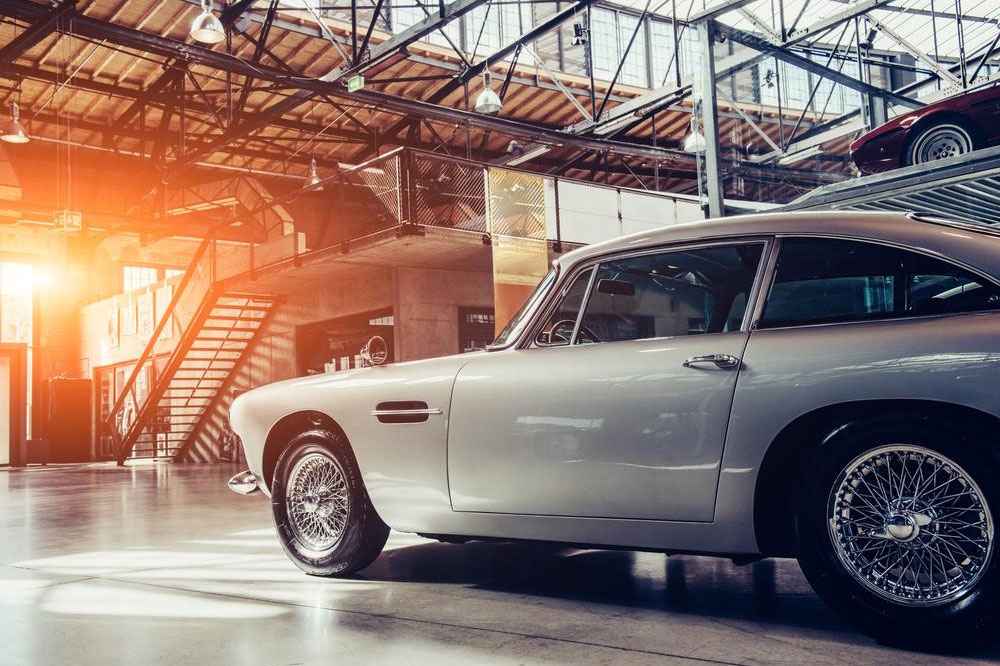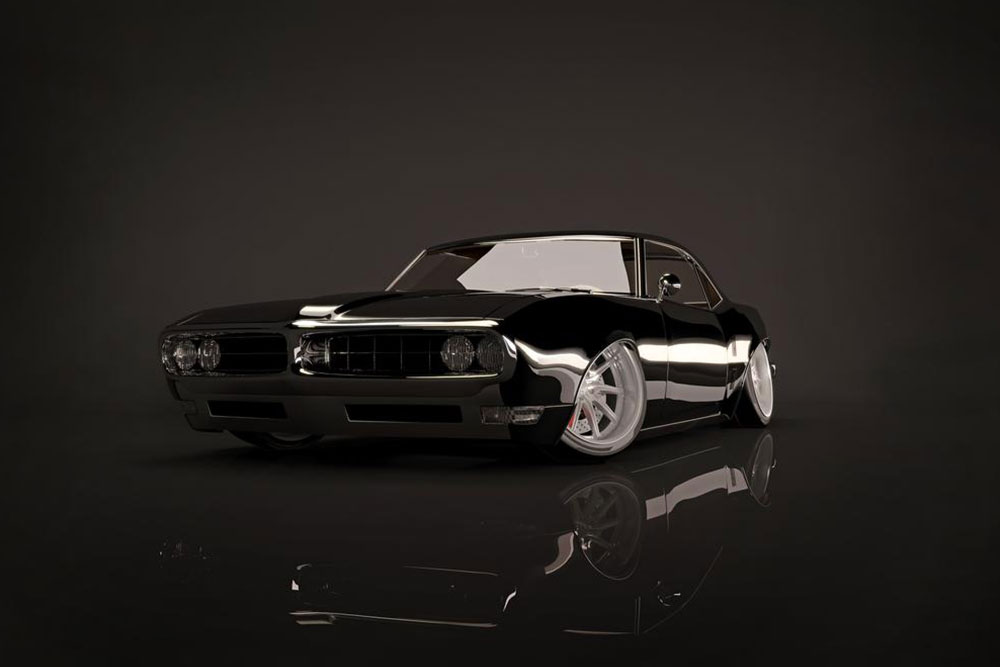The Iconic Journey of the Ford Thunderbird: A Classic American Legend
Discover the remarkable history and evolution of the Ford Thunderbird, from its stylish beginnings in 1955 to its iconic final model in 2005. Learn about its design, technological advancements, and why it remains a beloved classic. Whether you're a collector or a car enthusiast, the Thunderbird’s legacy continues to impress with its blend of performance and luxury, reflecting an enduring symbol of American automotive innovation and style.

The Legacy and Evolution of the Ford Thunderbird
The Ford Thunderbird is undeniably one of the most celebrated nameplates in American automotive history, symbolizing innovation, style, and performance. Over its nearly five-decade lifespan, the Thunderbird transformed from a sporty, youthful two-seater into a sophisticated, luxurious daily driver. Its story is one of constant evolution, reflecting changing tastes, technological advancements, and the pursuit of excellence in design. From its inception in the mid-1950s to its final production run in 2005, the Thunderbird’s impact on car enthusiasts and collectors alike remains profound and enduring.
Historical Background and Initial Launch
Launched in 1955, the Ford Thunderbird was initially conceived as a personal luxury car aimed at competing with the rising popularity of sporty convertibles and stylish two-seaters. Its introduction marked a new era for Ford, emphasizing sporty aesthetics combined with a level of comfort that appealed to the burgeoning American middle class. The original Thunderbird featured a robust 4.8-liter (292 cubic inches) V8 engine producing 193 horsepower, which allowed for spirited driving experiences and impressive speeds exceeding 100 mph. Its design was characterized by sleek lines, a distinctive grille, and a stylish profile that instantly set it apart from other cars of the era.
Evolution Across Generations
The Thunderbird’s production spanned eleven generations, each building upon the last while keeping true to its core identity of combining performance and luxury. The first-generation models (1955-1957) established the foundation, emphasizing sporty aesthetics and reliable performance. As the years progressed, subsequent generations introduced significant updates in styling, technology, and interior comfort, reflecting the shifting preferences of American consumers.
In the 1960s, the Thunderbird adopted a larger, more luxurious form, integrating more interior amenities and creating a grander aesthetic appeal. The 1970s and 1980s saw further redesigns, aiming to balance size, luxury, and performance amid changing government regulations and consumer demands. Notably, during the late 1980s and early 1990s, the Thunderbird featured more aerodynamic lines, modern technology, and improved safety features, aligning with evolving automotive standards.
Particularly notable was the 2002-2005 final generation, which marked a bold departure with a sleek, retro-inspired design. This era reintroduced the Thunderbird as a two-seater sports car, blending classic styling cues with modern engineering. Despite the shorter production span, this model reignited interest among enthusiasts and collectors, cementing the Thunderbird’s legacy as an iconic piece of American automotive culture.
During its eleven-generation history from 1955 through 2005, the Ford Thunderbird underwent numerous stylistic and technological changes, from early sporty models to luxurious grand tourers, and finally, to a modern, sleek sports car in its last incarnation. Each phase contributed to its reputation as a versatile, stylish vehicle that could satisfy diverse customer preferences. Classic models from previous generations are highly prized in today’s collector markets, often fetching significant sums based on their rarity, condition, and historical importance. The Thunderbird’s appeal remains robust among enthusiasts who appreciate its blend of American muscle, style, and innovation.





